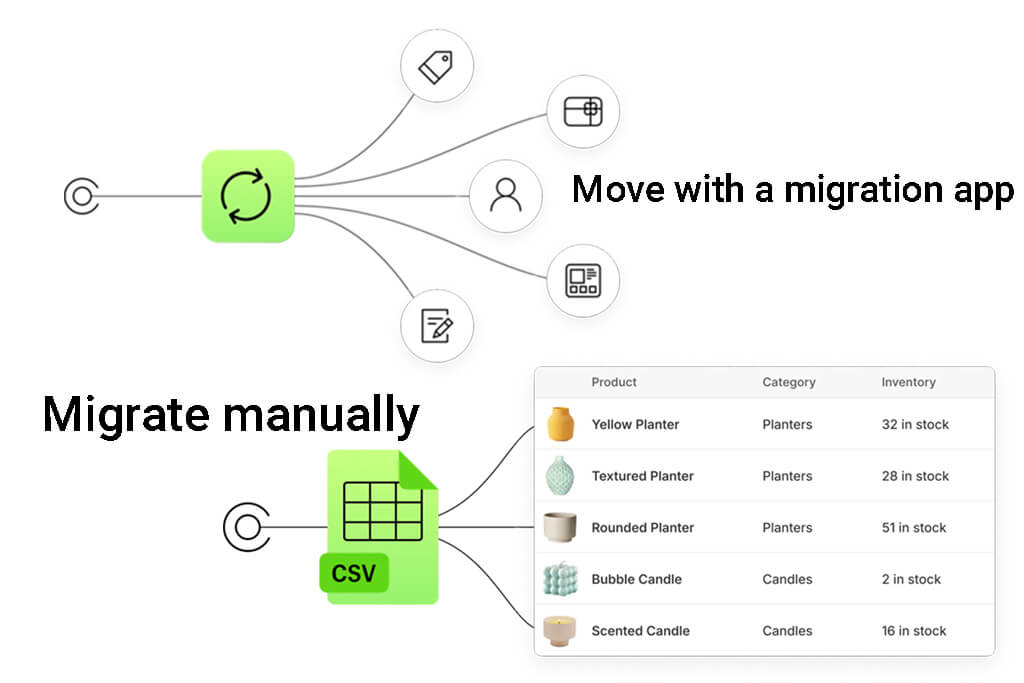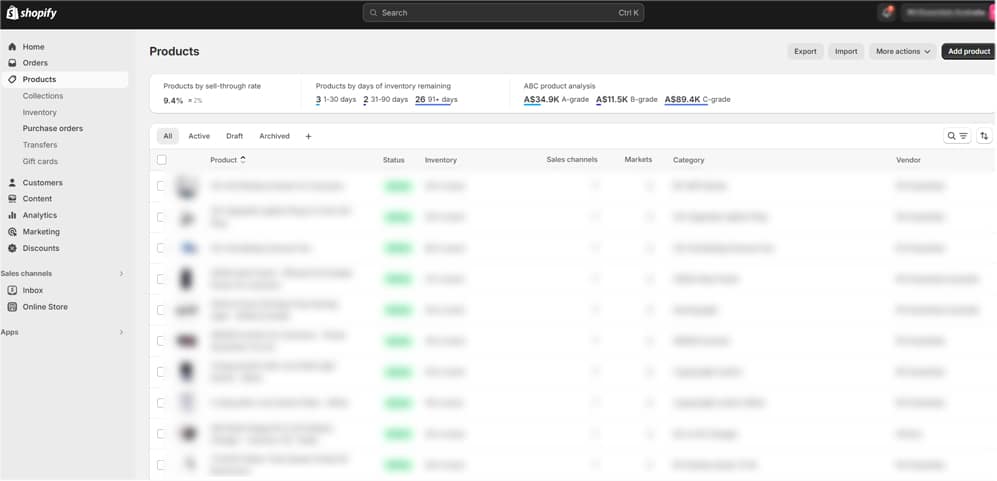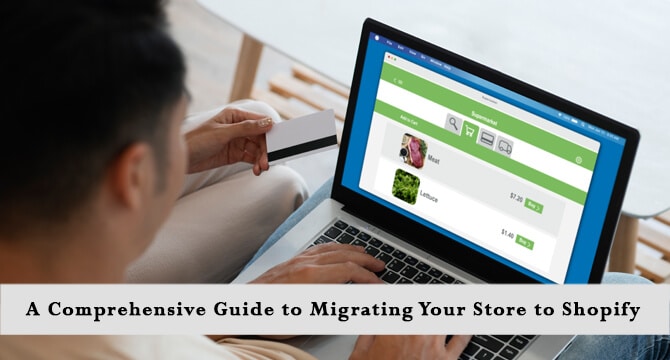Congratulations! You’ve made the strategic decision to move your ecommerce business to Shopify. This powerful platform offers a plethora of features and functionalities to streamline your operations, enhance customer experience, and ultimately boost your sales. But before you celebrate your grand opening on Shopify, there’s the crucial step of migrating your existing store data.
This guide will equip you with the knowledge to navigate this transition seamlessly. We’ll delve into the two primary migration methods – manual migration and using a migration app – highlighting their advantages and disadvantages. Additionally, we’ll explore vital considerations for a smooth migration process and provide valuable tips to ensure a successful launch on Shopify.
Choosing Your Migration Path: Manual vs. App-Assisted

1. Manual Migration: A DIY Approach
Pros
Cons
2. Migration App: Streamline the Process
Pros
Cons
Making an Informed Decision
Beyond the Method: Important Considerations
Tips for a Successful Shopify Migration
- Planning is Key: Develop a detailed migration plan outlining the steps, timeline, and resources needed.
- Data Backup: Always create a complete backup of your existing store data before starting the migration process.
- Prepare Your Data: Clean and format your data (product descriptions, images, categories) to ensure compatibility with Shopify.
- Start Small: If you’re migrating a large store, consider migrating a small sample of data first to test the process.
- Seek Support: Don’t hesitate to reach out to Shopify’s support team or the migration app developer for assistance if needed.
The Benefits of Migrating to Shopify

- Enhanced Scalability: As your business grows, Shopify can grow with you. You won’t be limited by technical restrictions as you add more products, orders, and traffic to your store.
- Streamlined Operations: Shopify’s user-friendly dashboard allows you to manage your entire store from one central location. This can save you significant time and effort on day-to-day tasks.
- Powerful Marketing Tools: Shopify comes with a number of built-in marketing features like email marketing, discount codes, and abandoned cart recovery. These tools can help you reach new customers and boost your sales.
- Seamless Integrations: Shopify integrates with a wide range of third-party apps. This allows you to extend the functionality of your store and personalize the shopping experience for your customers.
- Improved Security: Shopify provides robust security features and a reliable infrastructure to protect your store and customer data. This gives you peace of mind knowing that your business is safe.
- Exceptional Customer Support: Shopify has a knowledgeable team and extensive support resources to assist you with any questions or challenges you may encounter. This can be a valuable asset, especially as you’re getting started with the platform.

